The natural diet of a snake
You have probably heard of some of the crazier things that snakes have eaten over the years. These are the cases that have ended up in local papers and become incredibly popular online. Things like lightbulbs, alligators, pregnant sheep, and a huge number of golf balls are all things that have been found inside of snakes.
As an animal that is known for eating very strange things, you may be wondering what snakes are actually supposed to be eating in nature. Maybe you have a pet snake that you want to ensure is eating well or are just genuinely curious. Either way, the list of foods a snake eats is likely much smaller than you’d think.
The diet of a snake depends heavily on the area it comes from, as well as the area it currently lives in. Water snakes will feed mostly on fish, tree snakes will mostly feed on birds. More common snakes like garter snakes will eat smaller prey like mice and rats as well as small insects like ants and termites. Larger snakes like anacondas and cobras are able to capture and eat even larger prey like dogs, cows, and sheep.
So how do snakes find the foods that they are looking for? There are a few different ways that they do this:
Senses
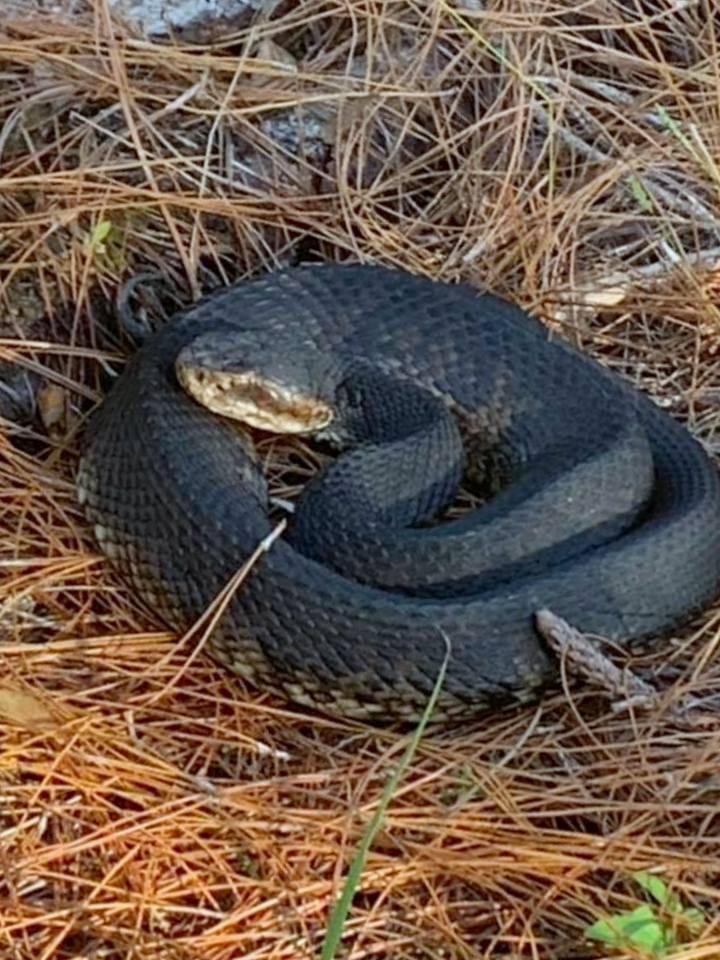
Snakes are an example of a perfectly evolved apex predator. This is why they have been mostly unchanged for hundreds of thousands of years. They have developed incredibly sharp senses that make them incredibly efficient hunters.
Vibrations
Snakes do not hear sounds in the same way humans do. Instead, they are aware of acute vibrations throughout their entire body. This allows them to locate their prey by the feel of their footsteps along the ground.
Heat Vision
Snakes like pit vipers do not see the world in the same way that you and I do. They are able to detect a spectrum of light that is very similar to our thermal cameras. They can use this to see their prey while hunting in the dark.
Chemical Detection
Snakes do not use their nostrils for their sense of smell. Instead, their tongues have developed to pick up on the scent of any prey that is nearby. Their brain can interpret the scents their tongues detect in such a way that they can pinpoint the location of their prey.
Select Your Animal

Raccoons
Raccoon Removal Information & How-To Tips
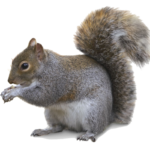
Squirrel
Squirrel Removal Information & How-To Tips
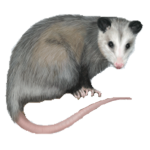
Opossum
Opossum Removal Information & How-To Tips
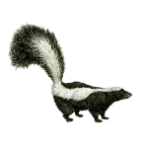
Skunks
Skunks Removal Information & How-To Tips
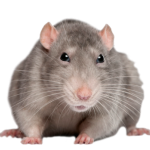
Rats
Rat Removal Information & How-To Tips
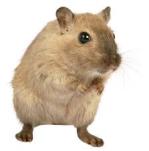
Mouse
Mouse Removal Information & How-To Tips
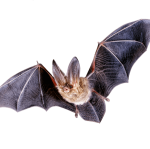
Bat
Bat Removal Information & How-To Tips

Bird
Bird Removal Information & How-To Tips
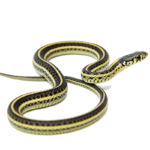
Snake
Snake Removal Information & How-To Tips
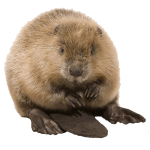
Beaver
Beaver Removal Information & How-To Tips
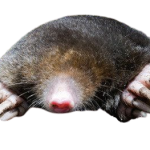
Mole
Mole Removal Information & How-To Tips
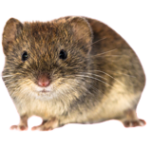
Vole
Vole Removal Information & How-To Tips

Gopher
Gopher Removal Information & How-To Tips
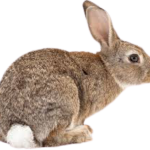
Rabbit
Rabbit Removal Information & How-To Tips
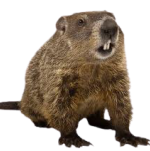
Woodchuck
Woodchuck Removal Information & How-To Tips
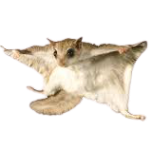
Flying Squirrel
Flying Squirrel Removal Information & How-To Tips
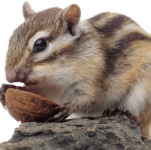
Chipmunk
Chipmunk Removal Information & How-To Tips
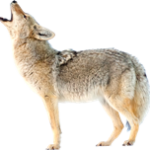
Coyote
Coyote Removal Information & How-To Tips
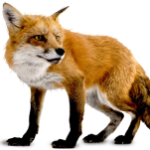
Fox
Fox Removal Information & How-To Tips

Wild Hog
Wild Hog Removal Information & How-To Tips
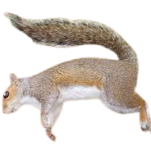
Dead Animal
Dead Animal Removal Information & How-To Tips